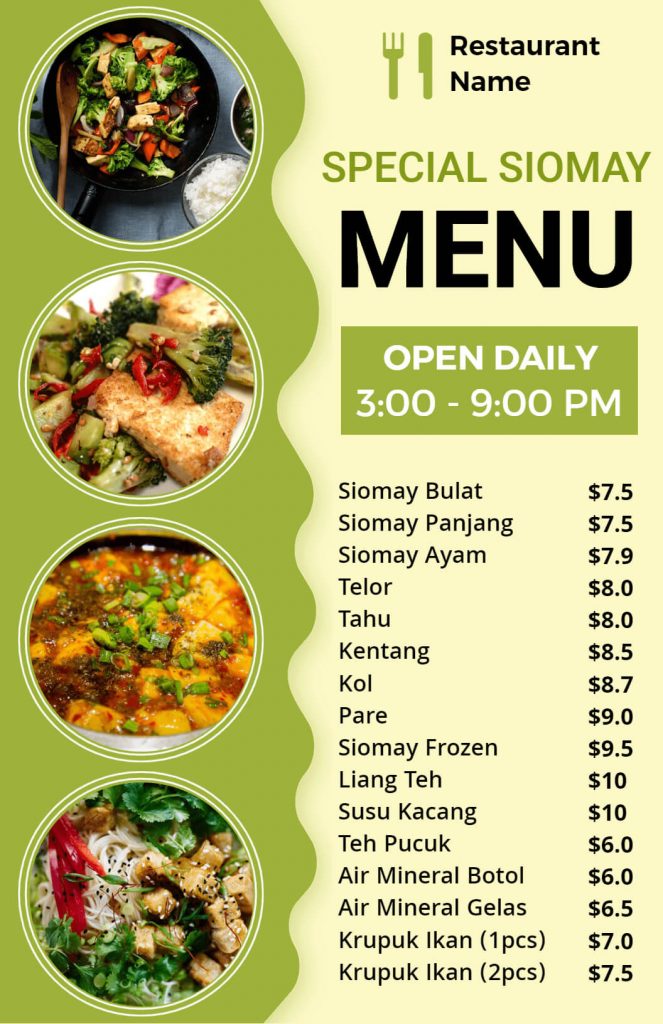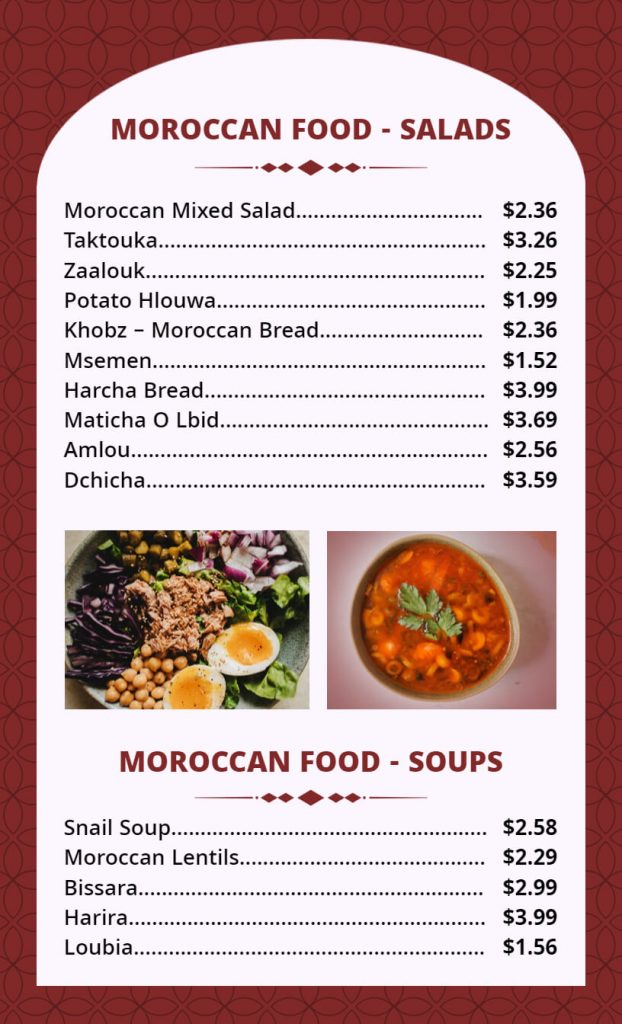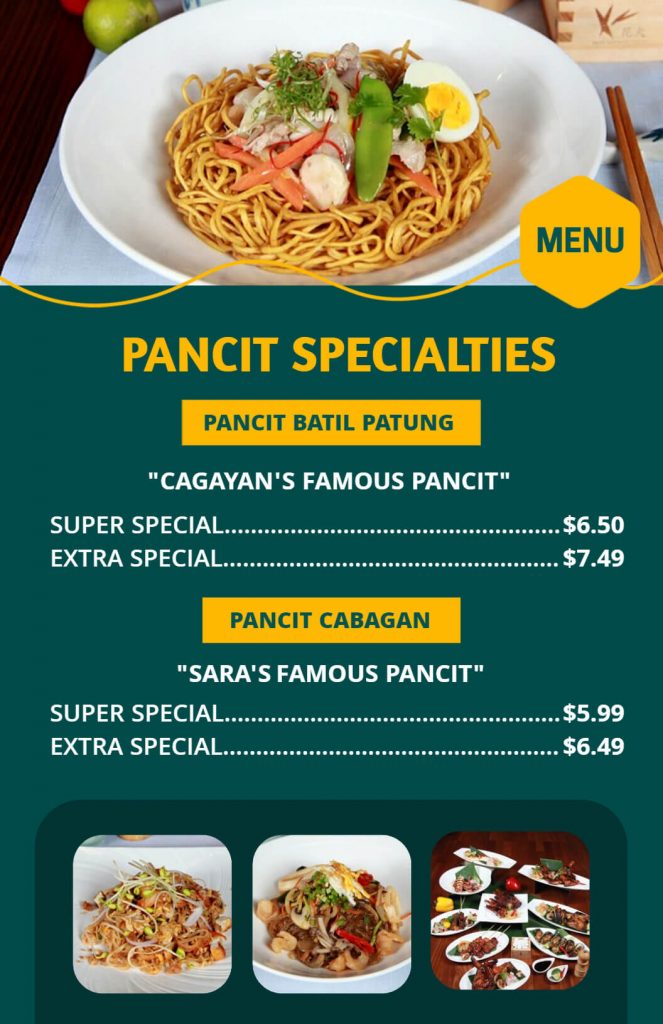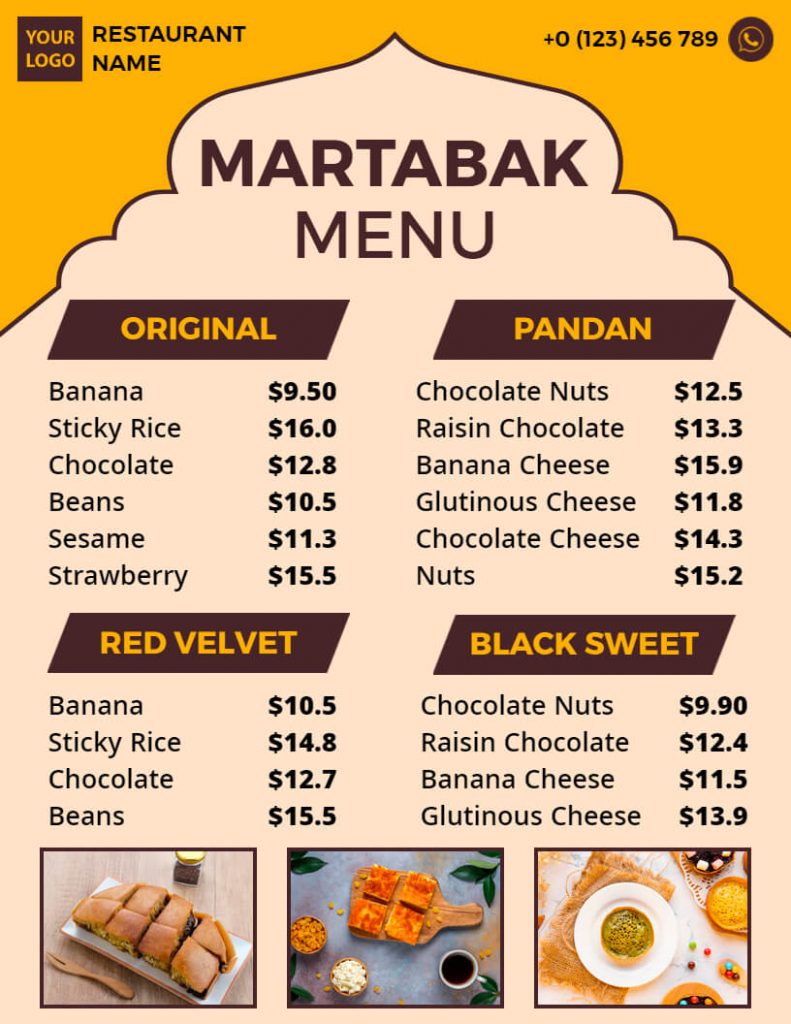Are you a foodie who loves to explore new restaurants and try out different cuisines? If yes, then you might have noticed that restaurants not only offer delectable dishes but also present them in an aesthetically pleasing manner. Have you ever wondered why that is? The answer lies in the importance of branding in restaurant menu.
In today’s competitive food industry, it is essential for a restaurant to stand out from the crowd. And one of the most effective ways to do that is by creating a strong brand image through its menu. A well-designed menu with a unique identity can not only attract new customers but also retain loyal ones.
In this article, we will delve into the world of restaurant branding and explore how it can influence a customer’s dining experience. We will also take a look at some successful examples of restaurant branding and offer tips on how to create a memorable menu that reflects your restaurant’s personality.
Why Branding is Important for Restaurant Menus
In the restaurant industry, branding is important because of the intense competition and the need to stand out from the crowd. The menu is one of the most important aspects of a restaurant’s branding, as it is the first point of contact between the customer and the establishment.
A pre-made template can be a great starting point when designing a menu for your restaurant. These templates allow you to customize the design to match your restaurant’s branding and style. Whether you prefer a simple and minimalist look or a colorful and eye-catching design, there is sure to be a restaurant menu template out there that suits your needs.
Branding Sets You Apart From Competitors
Competition is fierce in the restaurant industry, and it is crucial to differentiate yourself from your competitors. Branding plays a significant role in this differentiation process. A well-branded restaurant menu can make a significant impact on a customer’s decision to choose your establishment over others. Successful branding creates a unique identity for the restaurant, making it stand out from the competition. Examples of successful branding in the restaurant industry include McDonald’s, Starbucks, and Coca-Cola.
Helps in Creating an Emotional Connection With Customers
Emotional branding is the practice of using emotional associations to create a connection between a brand and its customers. Creating an emotional connection with customers is essential in the restaurant industry because it leads to repeat business and customer loyalty. The menu plays a crucial role in creating this emotional connection. The language used to describe the dishes, the images used, and the overall design of the menu can all create an emotional response in customers. Examples of emotional branding in the restaurant industry include The Cheesecake Factory and Ben & Jerry’s.
Increases Customer Loyalty
Customer loyalty is the foundation of a successful restaurant business. Loyal customers are more likely to return to the restaurant, recommend it to others, and spend more money. Branding plays a crucial role in building customer loyalty. A well-branded menu can create a sense of familiarity and comfort for customers, leading to repeat business. Also, understanding the softphone definition can help you grasp modern ways of communicating better and improve customer loyalty.
Successful branding also creates a sense of trust between the customer and the establishment. Examples of successful branding leading to customer loyalty include Applebee’s and Subway.
Reflects the Restaurant’s Culture and Identity
A restaurant’s branding should reflect its culture and values, which are an essential part of the restaurant’s identity. Consistency is key when it comes to branding, and a restaurant should maintain consistent use of brand colors and fonts across all its branding designs, including menus, digital signage, and website. This consistency helps customers to identify the restaurant easily and reinforces the brand’s message. Disposable restaurant supplies become “”less disposable”” if they are branded correctly.
In addition to consistency in visuals, a restaurant’s branding should also communicate its unique selling proposition (USP). The USP is what makes a restaurant different from its competition and is often what draws customers in. The branding should communicate this USP clearly and effectively, whether it’s through messaging, visuals, or both.
Creates a Memorable Dining Experience
Branding is not just about visuals; it’s also about creating a memorable dining experience for customers. A well-branded restaurant can increase customer satisfaction by making the menu more engaging and visually appealing. The use of high-quality photos and descriptions can help customers make better-informed choices and create a more enjoyable dining experience. For restaurants offering catering services, it’s essential to estimate catering costs accurately, as this ensures that all aspects of the service, from menu selection to labor and equipment, align with the overall dining experience and remain profitable.
A restaurant’s branding can also help customers to remember their dining experience. Whether it’s through unique decor, music, digital signage menu, or even the restaurant’s packaging, a memorable experience can help to create a lasting impression on customers.
How to Incorporate Branding into Your Restaurant Menu
1. Consistent Design Elements
The first step to incorporating branding into your restaurant menu is to use consistent design elements. This includes using the same color palette, fonts, and graphics as your restaurant’s branding. By doing so, you create a cohesive and recognizable visual identity that customers can associate with your restaurant.
2. Language and Tone of the Menu
The language and tone of your menu should also reflect your restaurant’s brand identity. For example, if your restaurant is known for its upscale dining experience, the language should be formal and sophisticated. On the other hand, if your restaurant is more casual and laid-back, the language should be more conversational and friendly.
3. Menu Organization and Layout
The organization and layout of your menu play a crucial role in the overall dining experience. A well-organized layout of restaurant menu can help customers quickly find what they’re looking for, while a cluttered menu can be overwhelming and confusing. Make sure to group items logically and use whitespace to make the menu easy to read.
4. Use of Quality Images and Typography
Using quality images and typography can enhance the visual appeal of your menu and reinforce your restaurant’s branding. High-quality photographs of your dishes can entice customers to order them, while creative typography can help your menu stand out from the competition.
5. Incorporating Brand Values into the Menu
Lastly, it’s important to incorporate your restaurant’s brand values into the menu. For example, if your restaurant values sustainability, you can highlight eco-friendly practices and locally sourced ingredients on the menu. This not only reinforces your brand identity but also appeals to customers who share similar values. If you don’t know how to make a perfect branding restaurant logo, then you can use our restaurant logo ideas guide to help you create your business logo.
By following these five tips, you can incorporate branding into your restaurant menu and create a memorable dining experience for your customers. Remember to stay true to your restaurant’s brand identity and values, and keep your menu clear, concise, and visually appealing.
Conclusion
In conclusion, branding plays a crucial role in the success of any restaurant menu. It helps to differentiate your restaurant from the competition, attract more customers, and build customer loyalty. By creating a unique brand identity and incorporating it into your menu design, you can create a memorable dining experience that customers will want to come back for.
Now you have clear ideas about how your restaurant menu is important for successful branding. But don’t know how to design a menu? We suggest using our menu maker tool. These tools allow you to quickly create professional-looking menus without extensive design skills.
















